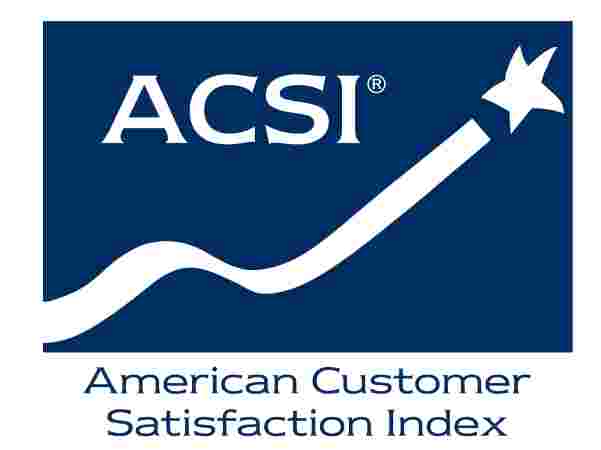
A large telecom brought CFI Group in to audit their existing internally collected metrics. More than 100 metrics were gathered and reported on a regular basis, yet little was done with many of these metrics. CFI Group was asked to determine which of these metrics drove the customer experience. In other words answer the question, “which metrics mattered to the customer?” And for that customer-focused set of metrics, identify the optimal level of performance to best affect customer behavior.
At the outset the client maintained targets for each of the full set of metrics, most of which were set based on industry benchmarks or historical performance levels. Finally, the client was in the process of approving a major capital expense to build a new call center, as it was impossible to meet some of the call center metrics targets with current facilities.
CFI Group gathered operations data for more than 60 measures for the prior 3 years, as well as corresponding customer satisfaction feedback. Data was delivered in a variety of formats, from different systems, using different measures of time and geography to aggregate the data. Step one was to put this disparate data into a single data file and determine a unit of analysis for linkage modeling purposes. CFI Group used an advanced causal modeling technique to link the operational data to customer perceptions and satisfaction in such a way as to identify key drivers and sift out those that had minimal or no impact on the customer experience. Once the key satisfaction drivers were identified, our analysts used sophisticated non-linear modeling techniques to determine the optimal service levels for these various metrics to enhance the customer experience.
Ten key drivers were identified. These drivers became the significant metrics on senior management’s dashboard and were reviewed on a daily basis. For each of these key metrics, target service levels were set.
As a result of this analysis, the client realized that call center metrics targets had been set too aggressively—in essence delivering a level of service the customer would not reward through higher reported satisfaction or in behavioral terms.
Expensive improvements that were not going to result in an increased level of satisfaction (and the related revenues and profits) were evaluated and modified. Aggressive targets were required for some key customer segments, but not for all. The client was able to adjust its operations and manpower models to meet the empirically suggested service levels for key target groups, while holding or even lowering service levels for some customer groups. As a result, the client was able to achieve the optimal service levels without building new call center facilities, saving millions of dollars.
Other Resources
- Date
- January 29, 2019
center Download PDF https://cdncom.cfigroup.com/wp-content/uploads/CFI-PBGC-case-study.pdf icon-download left #45546d #45546d Description ABOUT PBGC The Pension Benefit Guaranty Corporation (PBGC) protects the retirement incomes of nearly 37 million American […]- Date
- May 18, 2018
center Description ABOUT CSBG AND OCS The Community Services Block Grant (CSBG) is a federal anti-poverty grant that funds the operations of a state-administered network of […]- Date
- July 21, 2017
center Download PDF https://cdncom.cfigroup.com/wp-content/uploads/CFI-university-case-study.pdf icon-download left #45546d #45546d Description ABOUT THE CLIENT The CFI Group has the privilege of working with a major state university center […]- Date
- March 27, 2017
center Description The Building Science Branch of the Federal Emergency Management Agency (FEMA) has an important mission—to reduce loss of life and property by creating disaster-resilient […]








